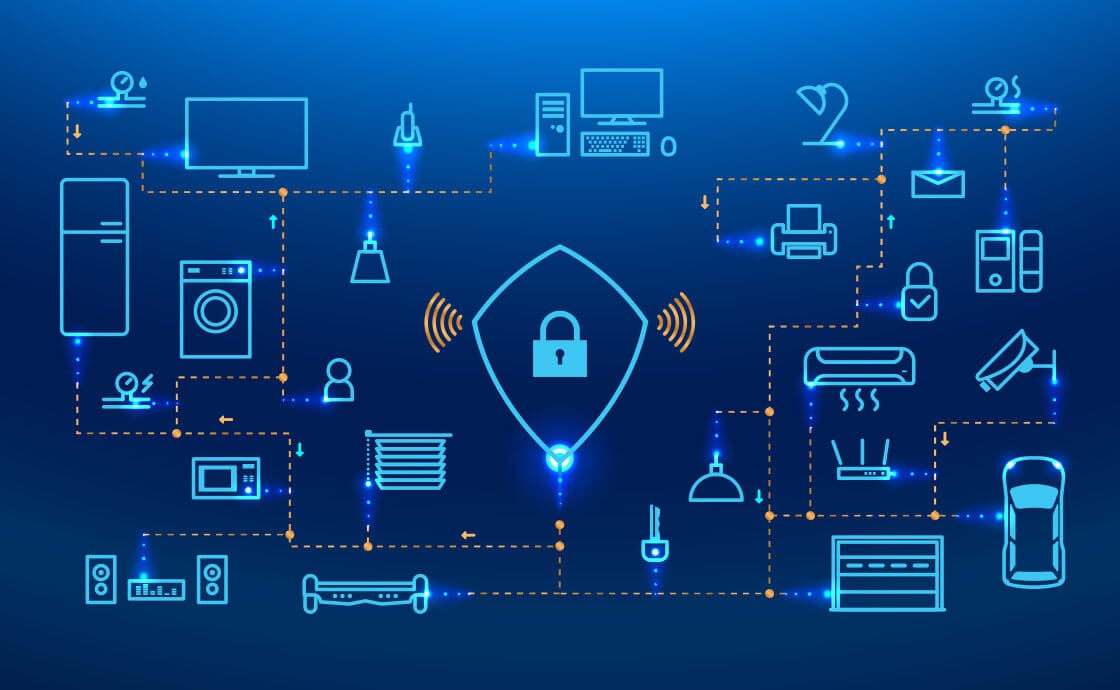For most people, the Internet of Things is, to start with, his domestic computer network of clever devices. The number of such devices and the need to connect them to the Internet continuously increases. Some devices paint with neighborhood networks; others require access to statistics saved on particular websites. Besides, many people want to control their houses remotely. This form of conversation between you and your IoT devices is the principal goal of hackers and malicious packages.

Tips To Keep IoT Devices Safe
Here is the listing of pointers that will help you live safe at the same time as the usage of the Internet of Things:
1. Always lock the screen or password to protect smart gadgets related to the Internet. This will prevent unauthorized entry.
2. Change the default passwords for all websites, intelligent devices, and Internet routers.
3. Never use the same password in more than one instance. Try to use a complex mixture of upper- and lowercase letters, numbers, and unique characters whenever feasible. Use memorable passwords for each new website or tool.
4. Always turn off Bluetooth when it is not in use. You can’t ensure that an IoT-well-matched tool will now not try to join using Bluetooth or different close-to-filed protocols, creating a risk of leakage of your personal information.
5. Get a VPN router. By providing an encrypted Internet connection without delay when using the router, you routinely guard all gadgets that connect to it.
6. Be sure to read the privacy policy of any tool or software program. Pay special attention to how data is stored and used. Carefully test the rules of any websites or gadgets before giving them access to your information.
7. Think twice before using the internet site or device to promote collaboration with social networks. Social networks are the primary data sources about your gadgets, purchases, and pastimes. The most compelling example is that even on a holiday, some awful people might also use facts from social networks to find out what you aren’t at home. Your home will become a tremendous goal for hackers and other crooks.
8. Most IoT devices use geolocation technologies as they should determine their area. You must disable or restrict GPS functions on machines if you can do without those capabilities.
9. Do not forget to replace programs, firmware, and working systems. This seems like an additional problem, in particular, because some programs are updated every day, but there may be a reason for this. Updates can enhance the tool’s capability and security and fix the shortcomings observed in preceding variations. Most hacks appear because people no longer patch and replace them.
10. If the device can use encryption, there may no longer be a reason to use it. Encryption is good protection and the last barrier between your non-public life and the World Wide Web. If even a few pieces of data are stolen, no person can decipher these records and use them to harm you. Internet of Things gadgets are here to live. The benefits of the latest technologies outweigh byways all the dangers. This does not suggest wthatyou need to forget the risks. You want to find a way to take away most of the IoT risks or even avoid them altogether!





